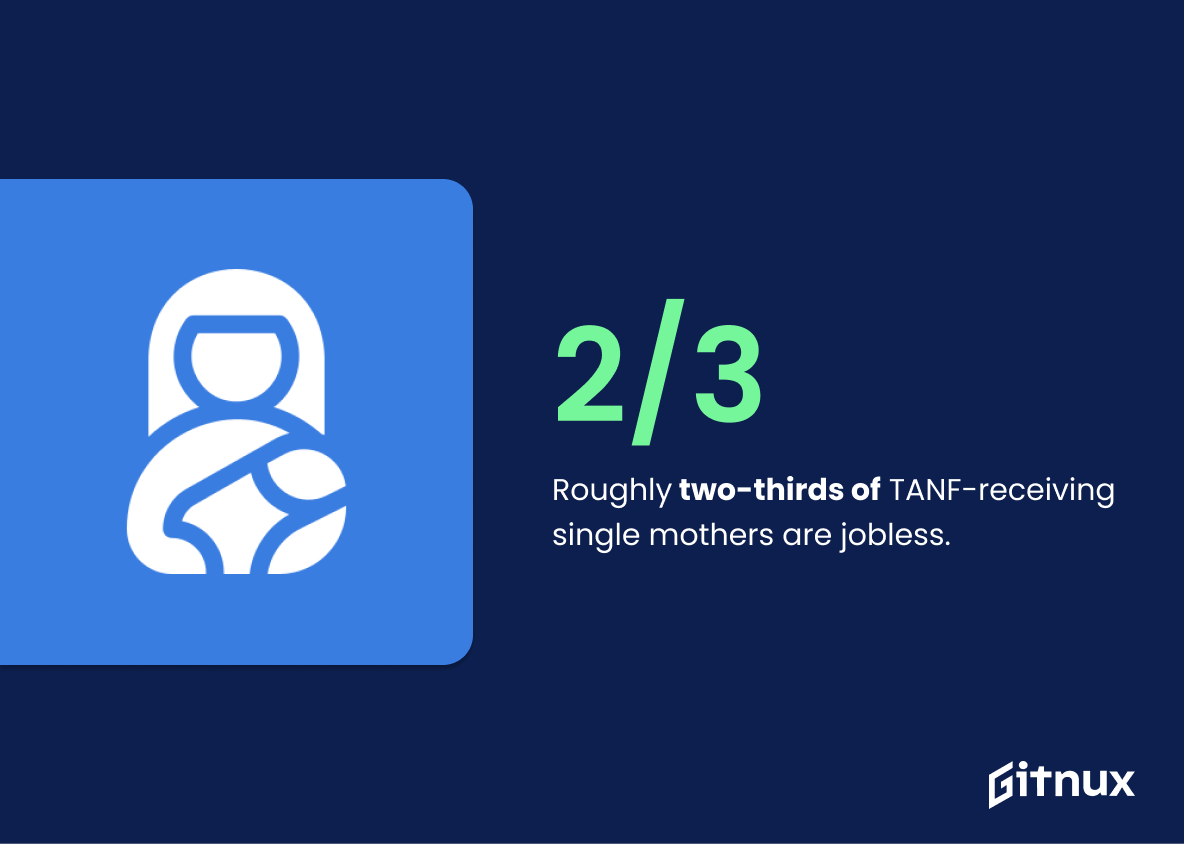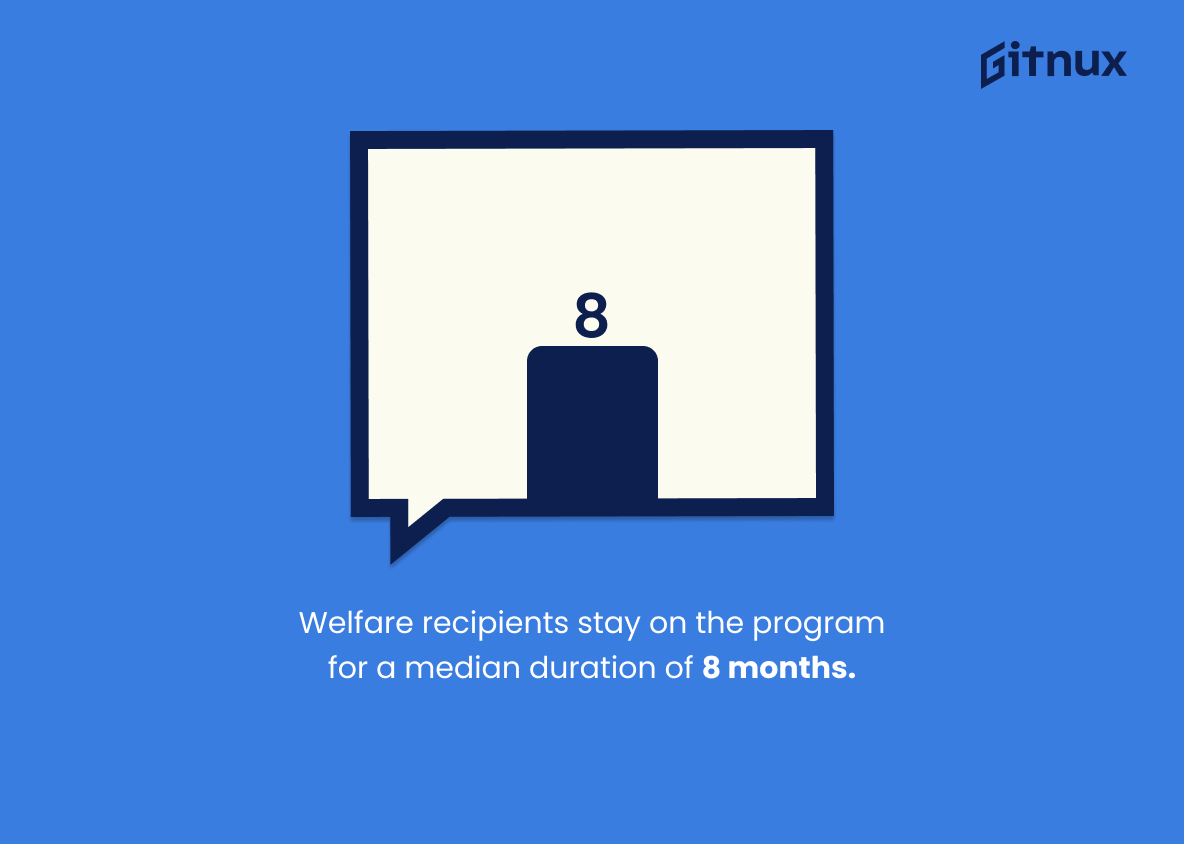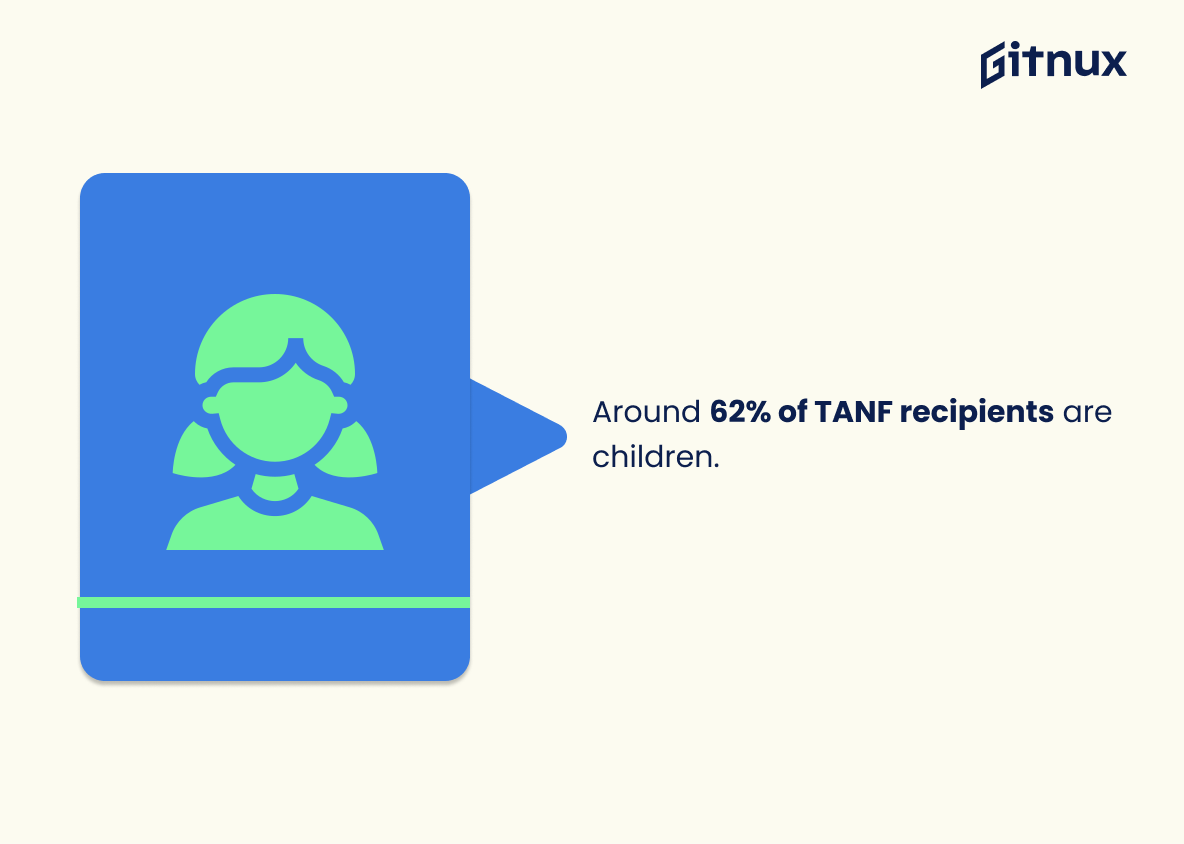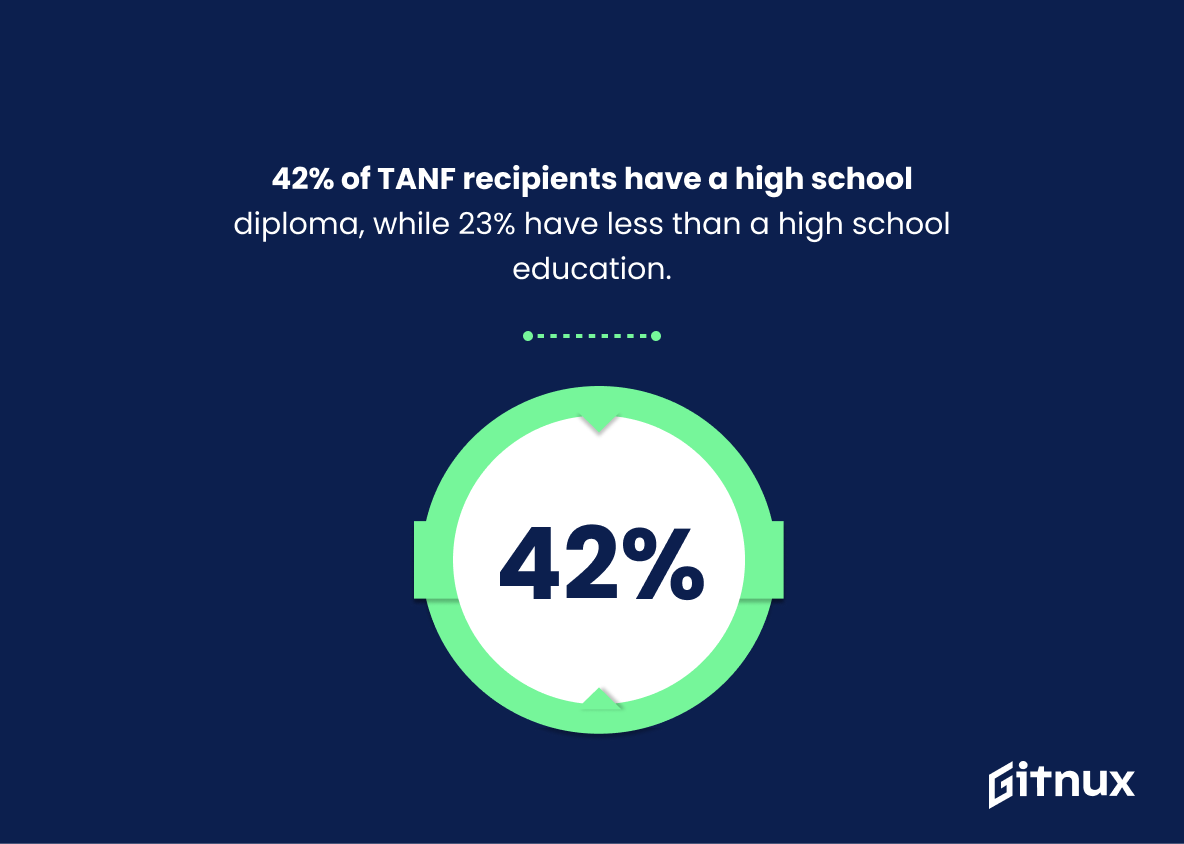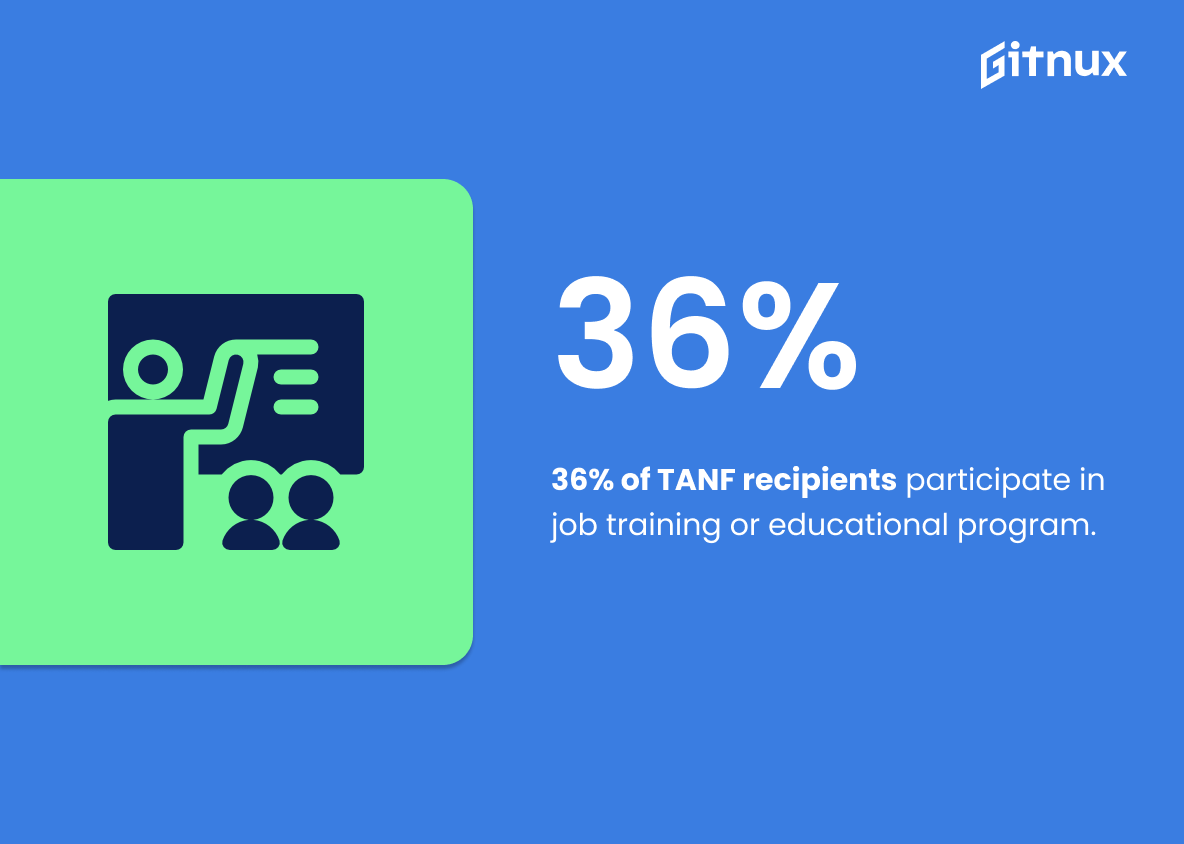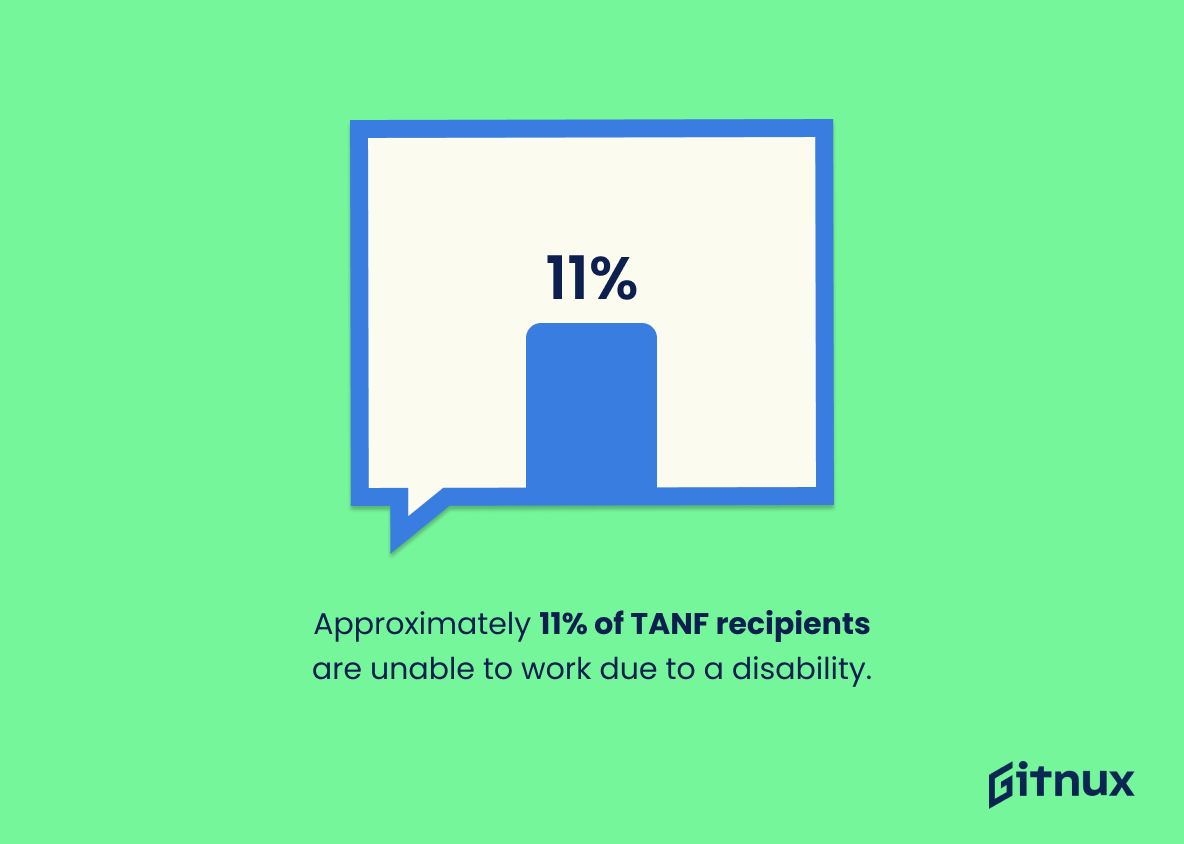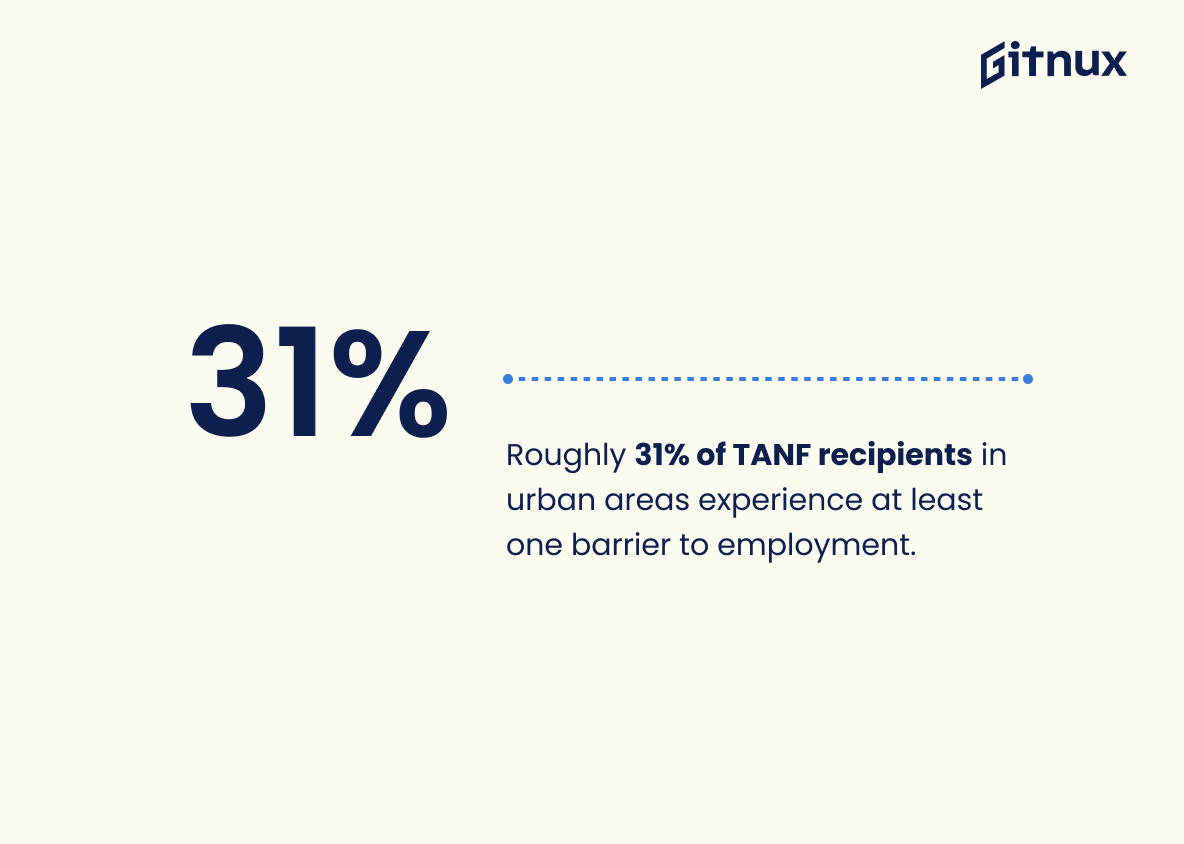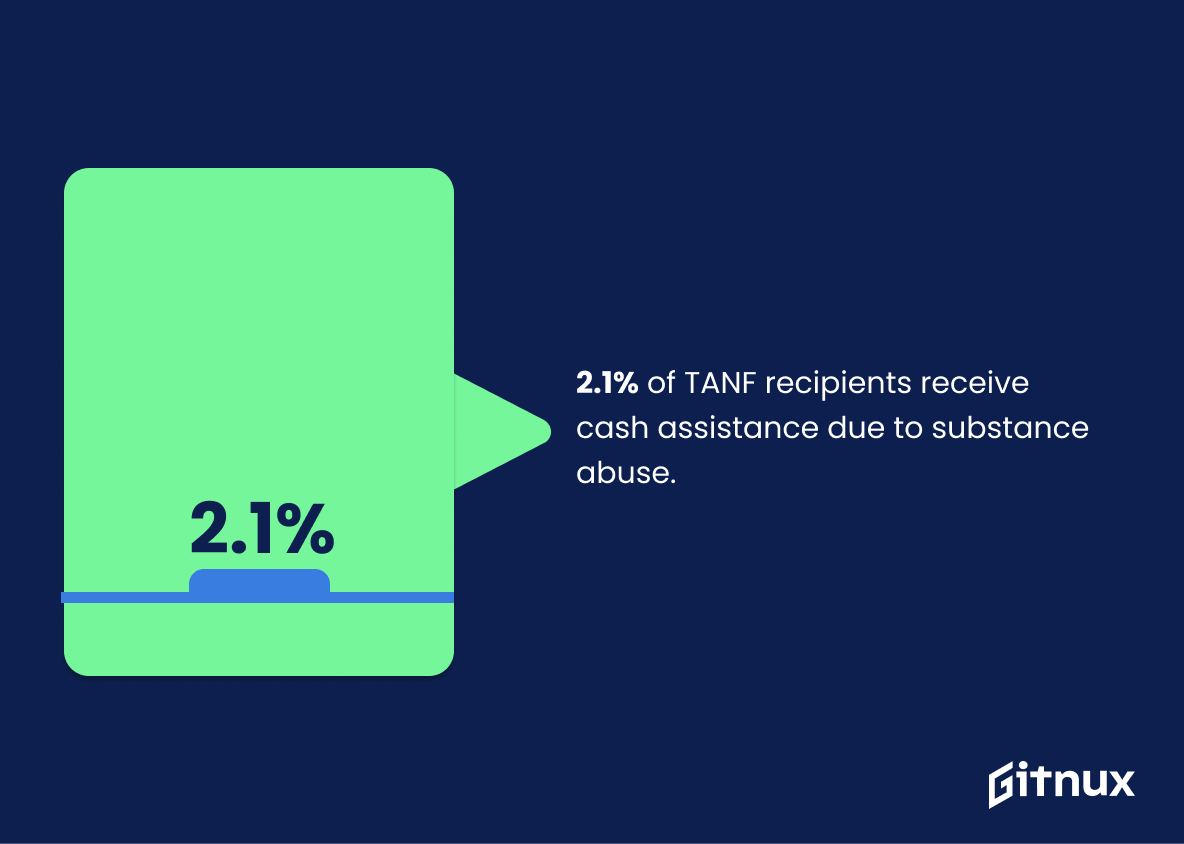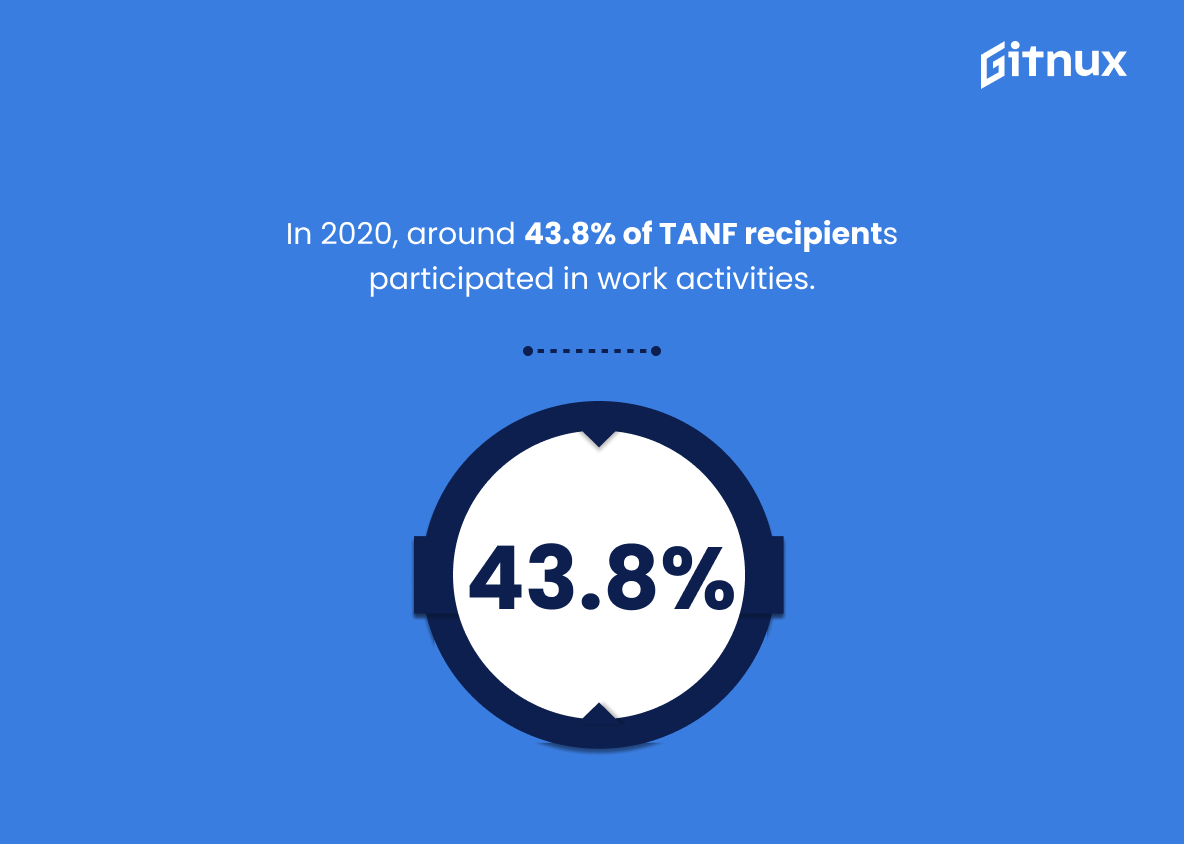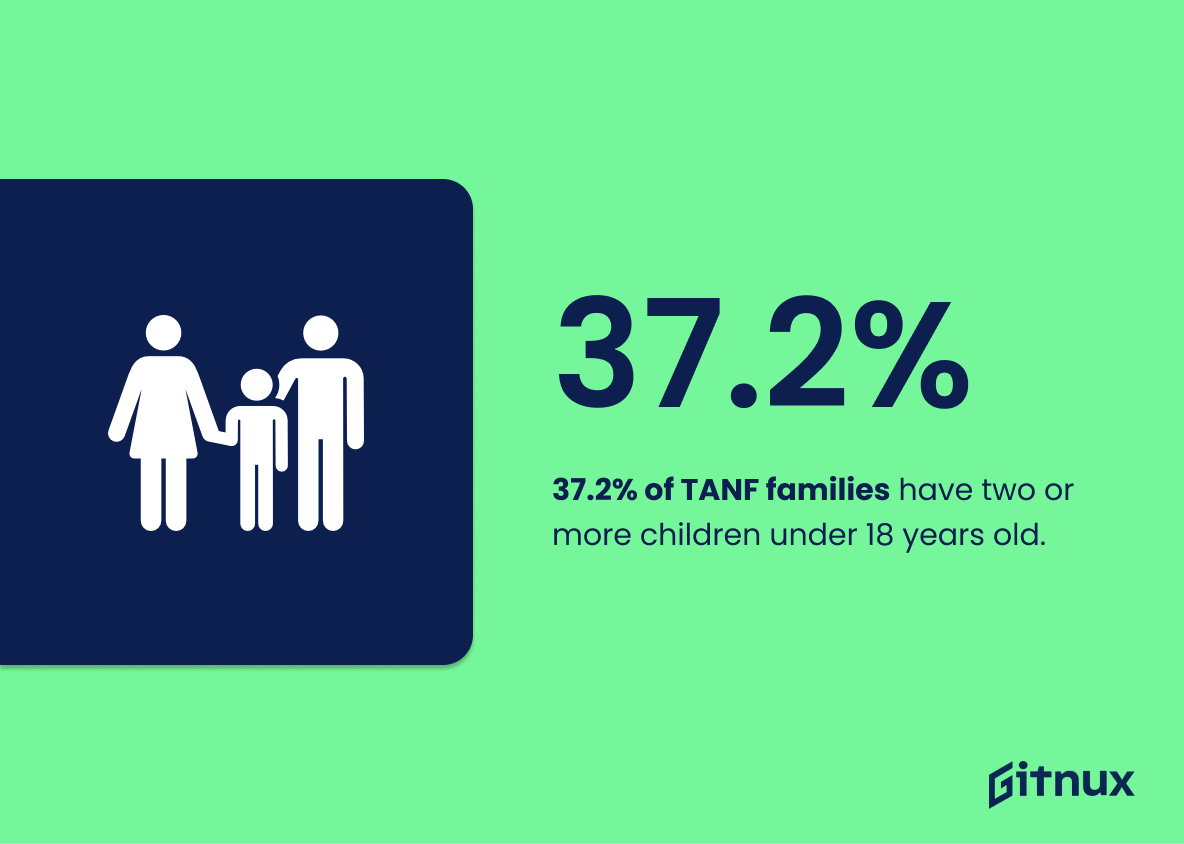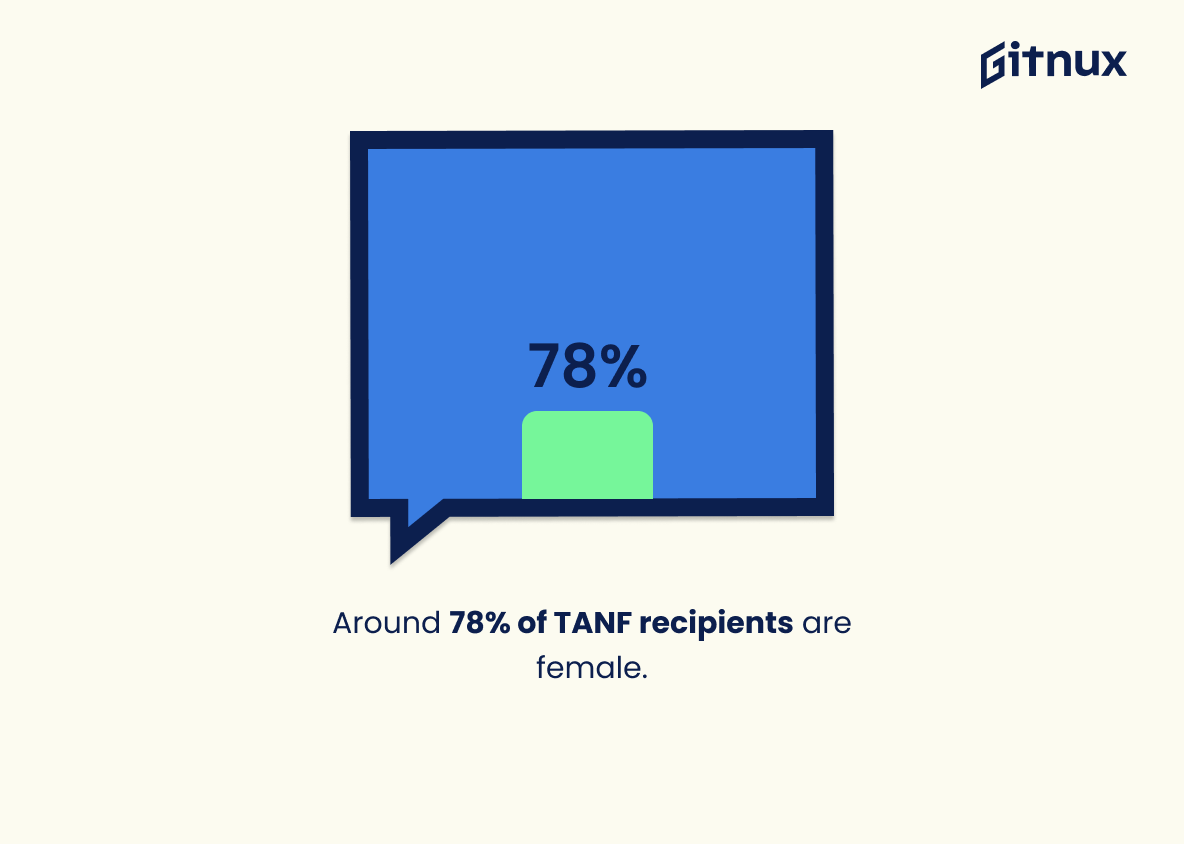Welfare programs are an important part of the social safety net in many countries, providing financial assistance to those who need it most. In this blog post, we will be exploring some key statistics about welfare recipients and their experiences with these programs. We’ll look at average monthly cash benefits received by welfare recipients, the racial breakdown of people receiving aid from Temporary Assistance for Needy Families (TANF), how long they stay on TANF before transitioning off, what other forms of assistance they receive such as food stamps or housing subsidies, and more. Additionally, we’ll examine data related to employment status among TANF families and educational attainment levels among adults receiving aid from the program. Finally, we’ll discuss barriers that may prevent individuals from leaving welfare behind for good. By understanding these facts and figures about welfare recipients’ lives today can help us better understand how best to support them going forward into a brighter future.
This statistic is a crucial piece of information when discussing Average Welfare Recipient Statistics, as it provides a tangible figure to illustrate the amount of financial aid that welfare recipients are receiving. It serves as a benchmark to compare against other welfare programs and to measure the effectiveness of welfare policies. Furthermore, it can be used to assess the impact of welfare on the lives of those who rely on it.
60% of welfare recipients are white, while 28% are African American, and 12% are Hispanic.
This statistic is important in the context of Average Welfare Recipient Statistics because it provides insight into the racial disparities in access to welfare benefits. It shows that while white people make up the majority of welfare recipients, African Americans and Hispanics are disproportionately represented in the welfare system. This information can be used to inform policy decisions and help ensure that all people have equal access to welfare benefits.
Average Welfare Recipient Statistics Overview
Around two-thirds of single mothers receiving Temporary Assistance for Needy Families (TANF) are unemployed.
This statistic is a telling indication of the struggles faced by single mothers receiving Temporary Assistance for Needy Families (TANF). It highlights the difficulty of finding employment while also trying to provide for their families. This statistic is a reminder of the need for more resources and support for single mothers in order to help them become self-sufficient and provide for their families.
Welfare recipients stay on the program for a median duration of 8 months.
This statistic is a crucial piece of information when it comes to understanding the Average Welfare Recipient Statistics, as it provides insight into the length of time that individuals are receiving welfare benefits. Knowing the median duration of time that welfare recipients stay on the program can help to inform policy makers and other stakeholders about the effectiveness of the welfare system and how it can be improved.
On average, 39% of TANF families receive housing assistance.
This statistic is a telling indication of the need for housing assistance among TANF families. It highlights the fact that a significant portion of TANF families are unable to afford housing without assistance, and that this assistance is a vital part of their ability to make ends meet.
Around 62% of TANF recipients are children.
This statistic is a powerful reminder of the importance of TANF in providing for the needs of children. It highlights the fact that the majority of those who benefit from TANF are children, and that the program is an essential source of support for them. This statistic is a reminder of the need to ensure that TANF remains a viable and accessible resource for those who need it most.
Around 42% of TANF recipients have a high school diploma, while 23% have less than a high school education.
This statistic is significant in the context of Average Welfare Recipient Statistics because it provides insight into the educational attainment of those receiving Temporary Assistance for Needy Families (TANF). It reveals that a large portion of TANF recipients have a high school diploma, while a smaller portion have less than a high school education. This information is important to consider when discussing the overall welfare recipient population, as it can help inform policy decisions and provide a better understanding of the needs of this population.
About 36% of TANF recipients participate in some form of job training or educational program.
This statistic is significant in the context of Average Welfare Recipient Statistics because it demonstrates that a large portion of TANF recipients are actively engaged in activities that can help them become more self-sufficient and financially independent. It shows that the welfare system is not only providing financial assistance, but also helping recipients gain the skills and knowledge they need to become more successful in the workforce.
Approximately 11% of TANF recipients are unable to work due to a disability.
This statistic is a stark reminder of the reality that many TANF recipients face: the inability to work due to a disability. It highlights the need for more support and resources for those who are unable to work, and emphasizes the importance of providing assistance to those who are in need.
Roughly 31% of TANF recipients in urban areas experience at least one barrier to employment.
This statistic is a stark reminder of the difficulties faced by TANF recipients in urban areas when it comes to finding employment. It highlights the need for more resources and support to help these individuals overcome the barriers they face and gain meaningful employment. It also serves as a reminder that the welfare system is not a one-size-fits-all solution and that more tailored approaches are needed to ensure that everyone has access to the same opportunities.
Around 2.1% of TANF recipients receive cash assistance due to substance abuse.
This statistic is important to consider when discussing Average Welfare Recipient Statistics because it highlights the prevalence of substance abuse among those receiving Temporary Assistance for Needy Families (TANF). It is important to recognize that substance abuse is a factor in the lives of many TANF recipients, and that this can have a significant impact on their ability to access and maintain benefits. This statistic can help to inform policy decisions and provide insight into the challenges faced by those receiving TANF.
In 2020, around 43.8% of TANF recipients participated in work activities.
This statistic is a crucial indicator of the effectiveness of the Temporary Assistance for Needy Families (TANF) program. It shows that nearly half of TANF recipients are engaging in work activities, which is a positive sign that the program is helping to move people out of poverty and into self-sufficiency. This statistic is important to consider when discussing average welfare recipient statistics, as it provides insight into the success of the TANF program in helping individuals become more independent.
About 37.2% of TANF families have two or more children under 18 years old.
This statistic is significant in the context of Average Welfare Recipient Statistics because it highlights the fact that a large portion of TANF families are responsible for caring for multiple children. This is important to consider when discussing the financial burden of welfare recipients, as families with multiple children may require more financial assistance than those with only one child. Additionally, this statistic can be used to inform policy decisions related to welfare, as it provides insight into the number of children that may be affected by any changes.
Around 78% of TANF recipients are female.
This statistic is significant in the context of Average Welfare Recipient Statistics because it highlights the disproportionate burden of poverty that falls on women. It demonstrates that women are more likely to be recipients of welfare benefits than men, and that they are more likely to be in need of assistance. This statistic is a reminder that gender inequality is still a major issue in our society, and that more needs to be done to ensure that women have access to the resources they need to achieve financial stability.
Conclusion
The statistics presented in this blog post demonstrate the complexity of welfare programs and their recipients. The average monthly benefit per recipient is approximately 42% of the federal poverty level, with an average cash assistance amount of $404 per month. Approximately 4.4 million families with children received cash assistance in 2018, 60% being white, 28% African American and 12% Hispanic. Around two-thirds of single mothers receiving Temporary Assistance for Needy Families (TANF) are unemployed while welfare recipients stay on the program for a median duration of 8 months. Additionally, 69% receive food assistance from SNAP and 39%, housing assistance; 62%, are children; 50%, live in households where someone is employed; 42%, have a high school diploma or less education; 30 years old is the average age for adult TANF recipients; 36 % participate in job training or educational programs 11%; cannot work due to disability and 25%; receive child care support services 78%; are female 37%.2 % have two or more children under 18 years old 43 .8 % participated in work activities 2020 These figures provide insight into how many people rely on government aid as well as who they tend to be demographically speaking – highlighting both challenges faced by those living below poverty line but also opportunities available through various social safety net initiatives such as TANF which can help them move towards self-sufficiency over time
References
0. – https://www.dol.gov
1. – https://www.pewresearch.org
2. – https://www.kff.org
3. – https://www.nationalaffairs.com
4. – https://www.acf.hhs.gov
5. – https://www.huffpost.com
6. – https://www.aspe.hhs.gov
7. – https://www.urban.org
8. – https://www.mass.gov
